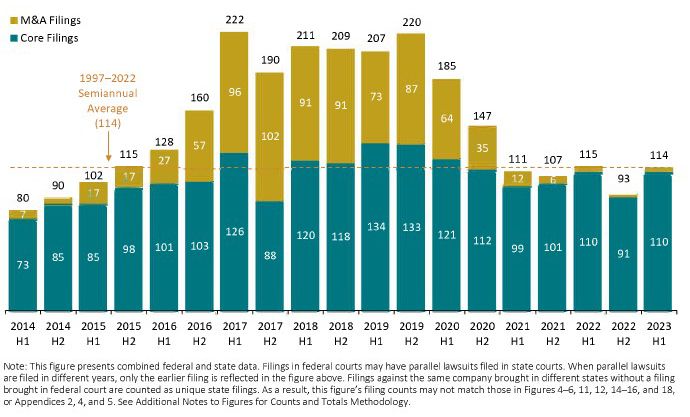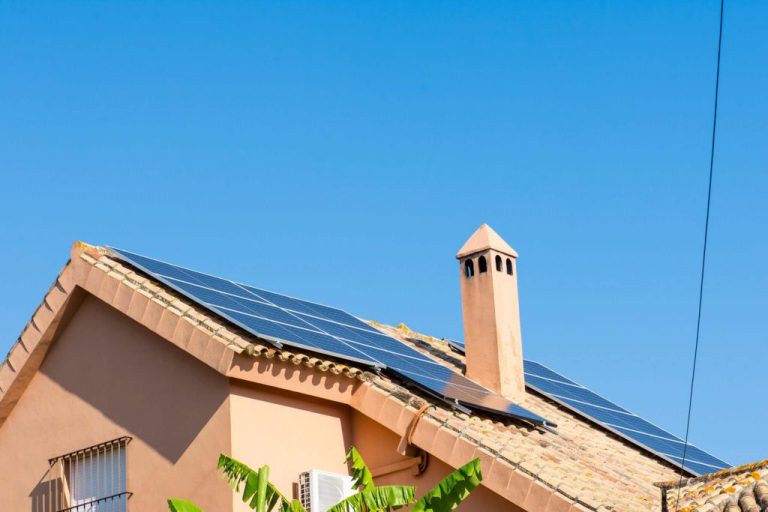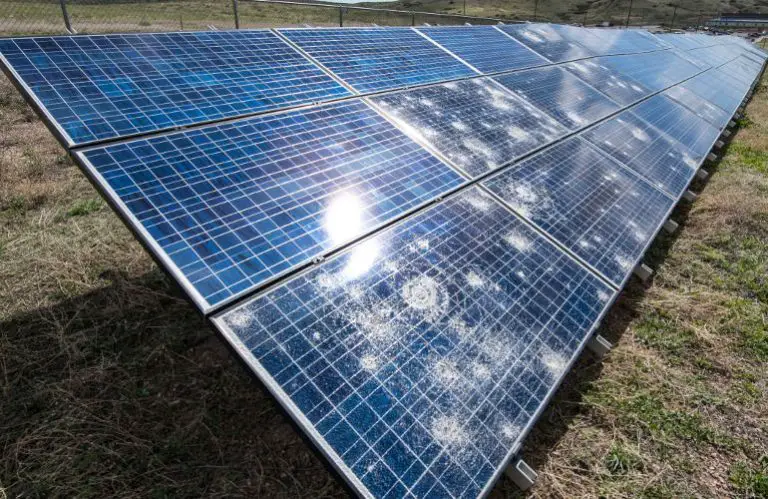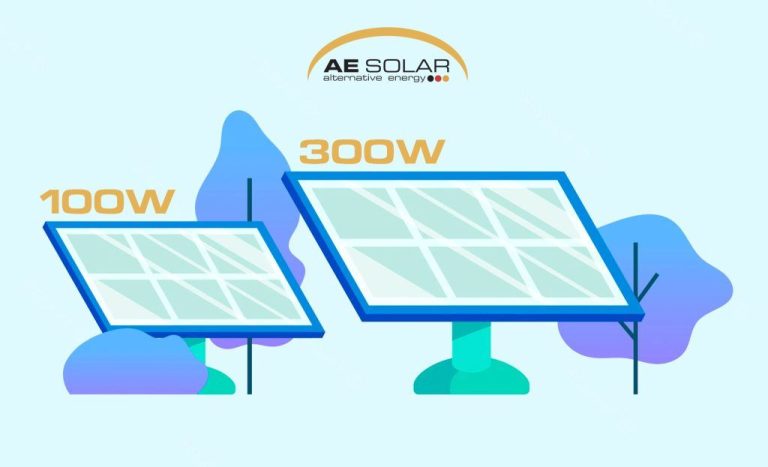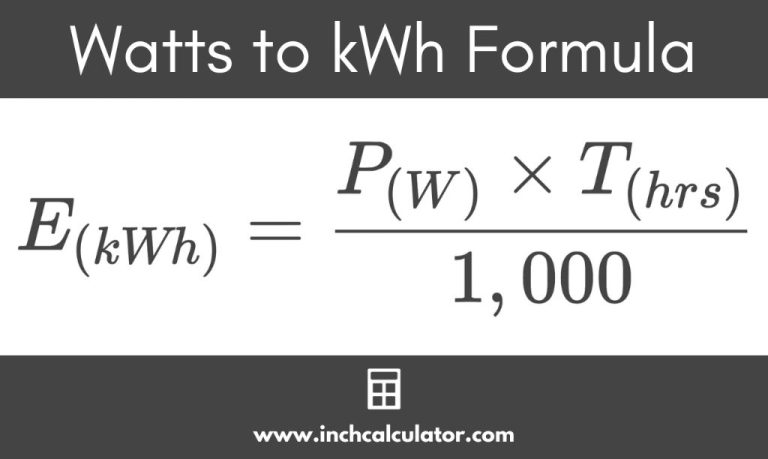Why Is Solar Power Limited?
High Upfront Costs
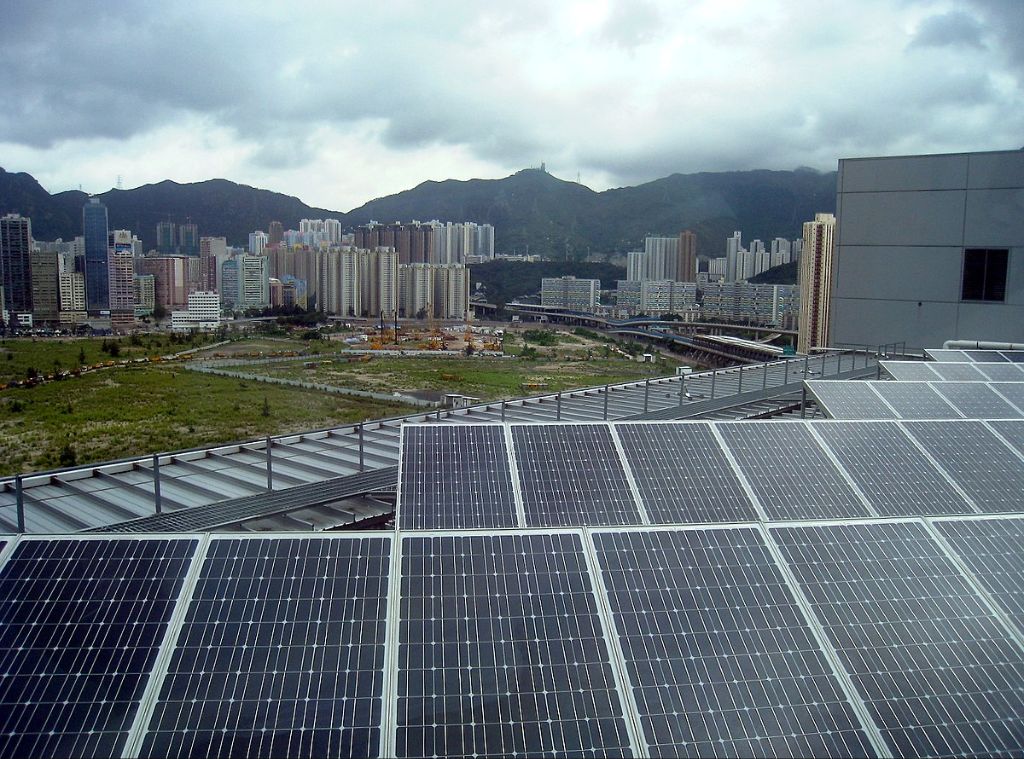
The costs of installing a residential solar system can range from around $10,000 to over $30,000 depending on system size, equipment, location, and other factors. The biggest expenses for solar include the cost of solar panels, inverters, racking/mounting equipment, installation labor, permitting fees, and any battery storage. On average, a 6kW solar system costs around $14,000 – $16,000 before incentives.
High-efficiency solar panels run $2.50-$4 per watt, premium batteries add $5,000-$15,000, and professional installation averages around $2,500-$5,000 for a typical home system. Solar can pay back through electricity savings in 7-12 years, but the large upfront investment remains a hurdle for many homeowners despite the long-term savings potential.
Intermittency
One of the main limitations of solar power is that it only generates electricity when the sun is shining (Scientific American, 2022). Solar panels do not produce energy at night or when obscured by clouds, dust, fog or other weather conditions. This inherent intermittency means solar cannot provide baseload power that is available 24/7 (Sapphire Technologies, 2023).
Intermittent power sources like solar require backup power generation from dispatchable sources like natural gas, hydro or energy storage. According to researchers at the University of North Carolina, the costs of managing intermittency through storage or excess capacity is often undervalued for solar projects (UNC Kenan-Flagler, 2022). Integrating large amounts of solar power into the grid is technically challenging and can require costly upgrades to maintain reliability.
Storage Limitations
One major barrier to widespread solar power adoption is the high cost and limited capacity of batteries used for energy storage. Lithium-ion batteries are currently the predominant battery chemistry used in electric vehicles and grid-scale storage applications. However, lithium-ion batteries remain expensive, with costs estimated between $120-150 per kWh according to industry forecasts [1]. For comparison, lead-acid batteries used in gasoline vehicles cost around $150 per kWh [2]. The high upfront investment for lithium-ion storage limits solar adoption for many residential and commercial applications.
In addition, lithium-ion batteries have inherent limitations in their energy density and capacity. Current technology limits most EV batteries to ranges under 300 miles, requiring lengthy recharging periods. Grid-scale lithium-ion installations must be oversized relative to generation capacity to enable longer-duration discharge. Until battery technology sees significant advancements in cost and capacity, storage limitations will continue constraining the scalability of solar power.
Land Usage
Solar farms require a significant amount of land area in order to generate electricity at scale. According to the Solar Energy Industries Association (SEIA), a utility-scale solar power plant typically needs between 5 and 10 acres per megawatt (MW) of generating capacity (SEIA). For context, the Topaz Solar Farm in California generates 550 MW over 9.5 square miles of land (Better Energy).
While solar panels can be installed on rooftops to reduce land usage, utility-scale solar requires large contiguous tracts of land. Solar farms are often sited in rural or desert areas, which can raise concerns about habitat loss and fragmentation. Careful land use planning is required to minimize environmental impacts.
Overall, the amount of land required for solar presents challenges in finding suitable locations, especially in densely populated regions. But improvements in panel efficiency and co-locating solar with agriculture could help reduce solar’s land footprint going forward.
Grid Capacity Limits
One major limitation for solar power is that existing electricity grids have limited capacity to handle large amounts of intermittent renewable energy from solar and wind. Grid infrastructure was designed primarily for steady power output from fossil fuel, nuclear and hydroelectric plants.
As more solar and wind farms come online, grid operators are challenged with balancing power supply and demand. Upgrading transmission lines, transformers, inverters and other grid infrastructure is extremely expensive. According to one estimate, grid upgrades in the U.S. alone could cost over $2.5 trillion by 2035.
Without major investments, grid congestion will hinder the growth of renewable energy. However, who will pay these enormous costs remains a major question. Utilities are pushing for solar customers to shoulder more of the upgrade expenses, while the solar industry wants costs shared equitably. Finding an optimal solution will be crucial for enabling wider solar power adoption.
Permitting and Regulations
Getting approval for large-scale solar projects can be difficult due to the complex permitting and regulatory processes. Most areas require an extensive permitting application, involving detailed project plans, environmental impact studies, grid interconnection requests, and more. It can take weeks or even months for permit applications to be reviewed and approved by local governments and utilities. For example, one study by the National Renewable Energy Lab found the median permitting time for small-scale solar projects was ~20 days, while larger projects required 49 days on average [1]. Streamlining solar permitting has been identified as a key opportunity to accelerate solar adoption.
Geographic Constraints
Solar power is inherently dependent on the amount of sunlight an area receives. The amount of solar irradiance that reaches the Earth’s surface varies significantly by geographic location. According to data from Global Solar Atlas, the sunniest regions in the world are along the equator and in deserts. For example, parts of the Sahara Desert in Africa average over 2,500 kWh/m2 of solar irradiance per year. In comparison, northern countries like Canada and Russia often receive less than 1,200 kWh/m2 per year due to their higher latitudes. Within countries, sunnier southern regions generally have greater solar potential than northern areas.
High latitude locations and regions with more cloud cover and precipitation receive less sunlight over the course of a year, which limits the potential for solar power generation. Solar panels produce the most electricity on clear, sunny days when irradiance levels are highest. Cloudy weather, storms, and winter seasons in higher latitudes all reduce the amount of solar energy that can be captured. Geographic constraints mean solar power works best in dry, low-latitude regions like the southwestern United States and Northern Africa.
Fossil Fuel Infrastructure
One key challenge for solar power is that the existing energy infrastructure is still heavily dependent on fossil fuels. According to the International Energy Agency (IEA), investment in oil, gas, and coal is on track to exceed $1 trillion in 2023. This continued investment makes the transition away from fossil fuels more difficult. Fossil fuel infrastructure like pipelines, refineries, and power plants represent sunk costs that investors want to utilize. The worldwide fleet of coal plants totals over 2,000 GW, providing continuity and baseload power. While solar and wind are now cheaper than building new fossil fuel plants, existing infrastructure keeps these more emissions-intensive sources entrenched.
Subsidies and Incentives
Renewable energy sources like solar and wind often struggle to compete with heavily subsidized fossil fuels. Fossil fuel companies receive substantial government subsidies and incentives that help lower their operating costs. For example, a BBC report highlighted that in 2019, fossil fuels received $400 billion in subsidies globally while renewables received around $150 billion.
These disproportionate subsidies create an unequal playing field, making it harder for renewable sources to gain market share. With lower operating costs from subsidies, fossil fuel companies can offer lower prices that undercut renewables. Renewable advocates argue that subsidy reform is needed to account for the environmental externalities of fossil fuels and allow cleaner sources to fairly compete.
Public Perception
Public perception of large-scale solar projects can influence their development and adoption. Some common concerns from local residents include the visual impact and aesthetics of solar panels, which some view as an “eyesore”, as well as potential impacts on property values.
According to research from the University of Texas – Austin, while most U.S. adults support expanding solar power in general, opinions differ on large-scale solar projects. The research found that “aesthetic impacts” were among the most common concerns cited by local residents living near utility-scale solar installations. Negative reactions were often due to the contrast of seeing extensive fields of solar panels instead of open space or agricultural land.
Another study in Massachusetts measured the impact of a large-scale solar installation on surrounding home values. It found no statistical evidence that the solar project affected sales prices of nearby homes, despite perceptions by some local residents that property values would decline. Proper community outreach and communication of actual impacts may help allay public concerns over aesthetics and home values.

